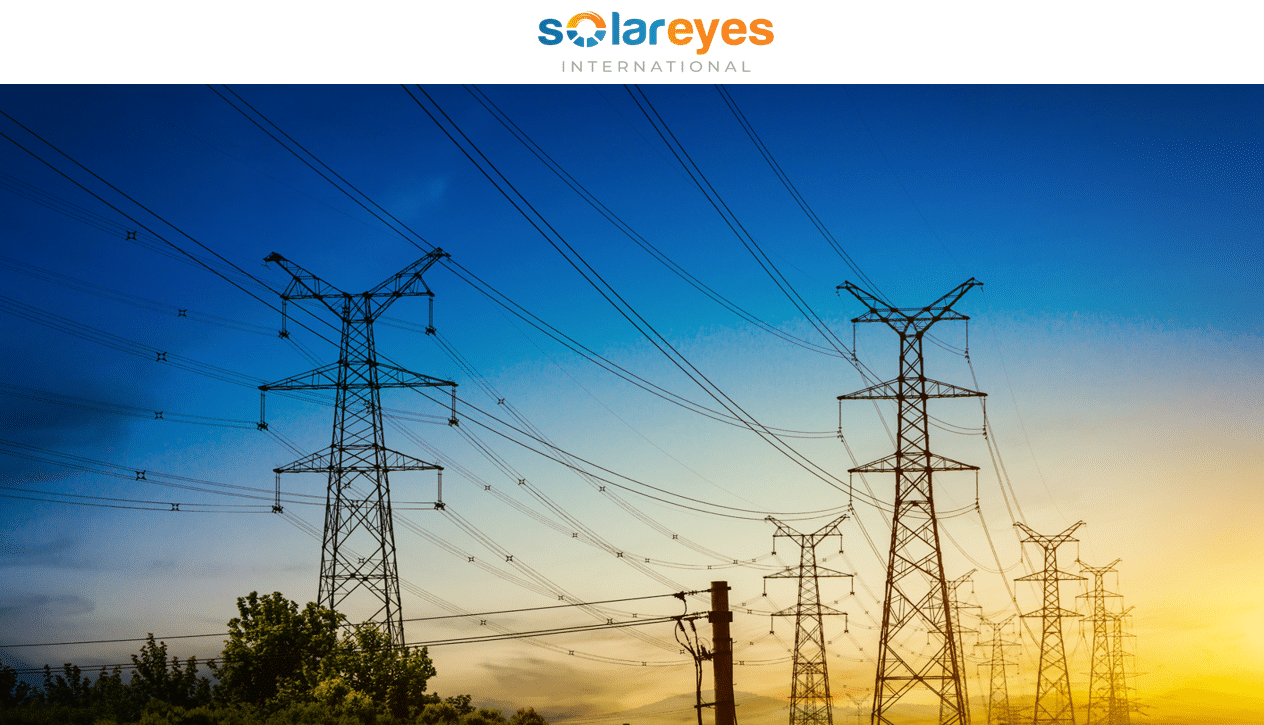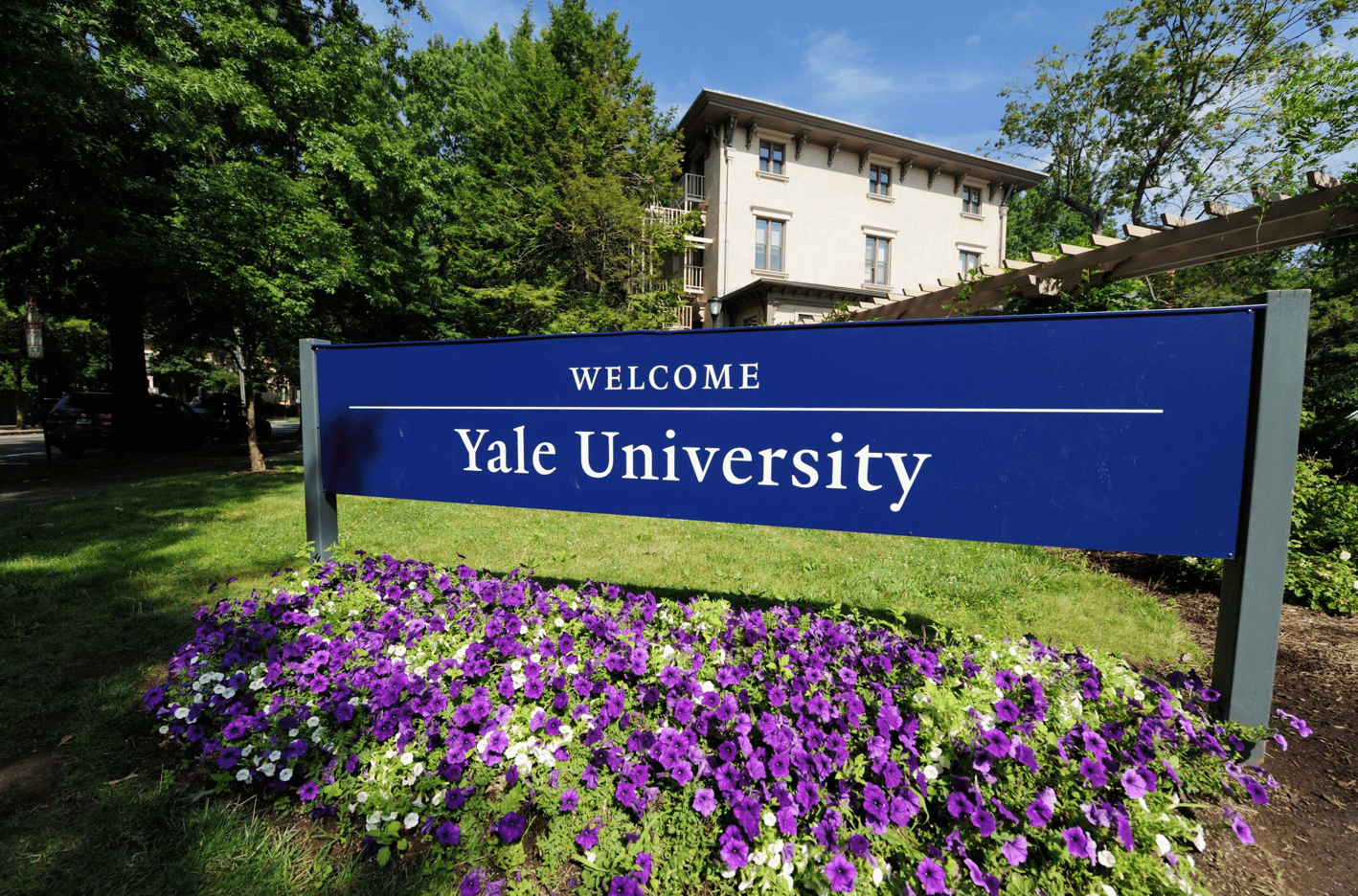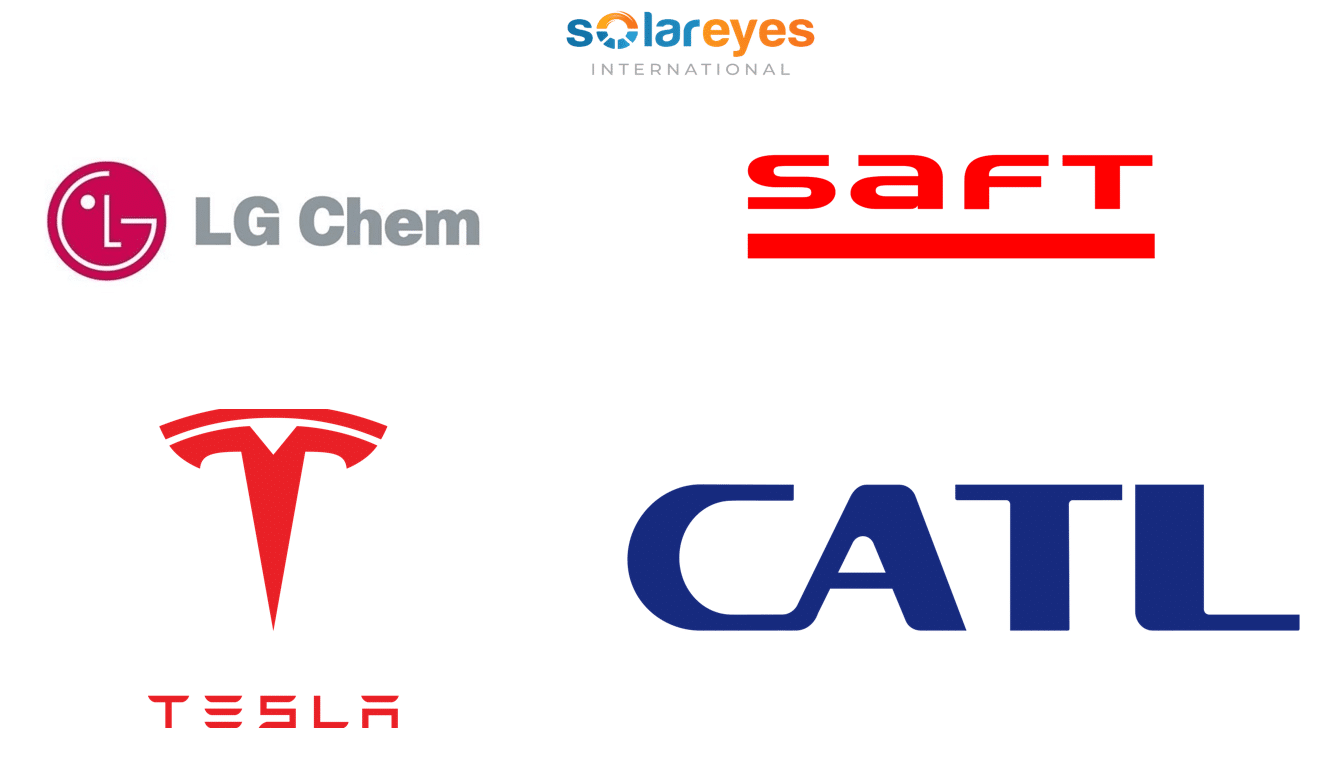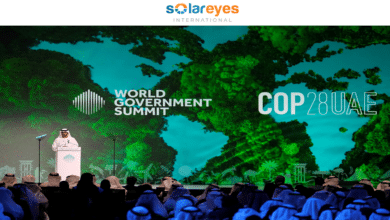LIVING UNDER THE GRID IN ZIMBABWE – little known facts about this catastrophe
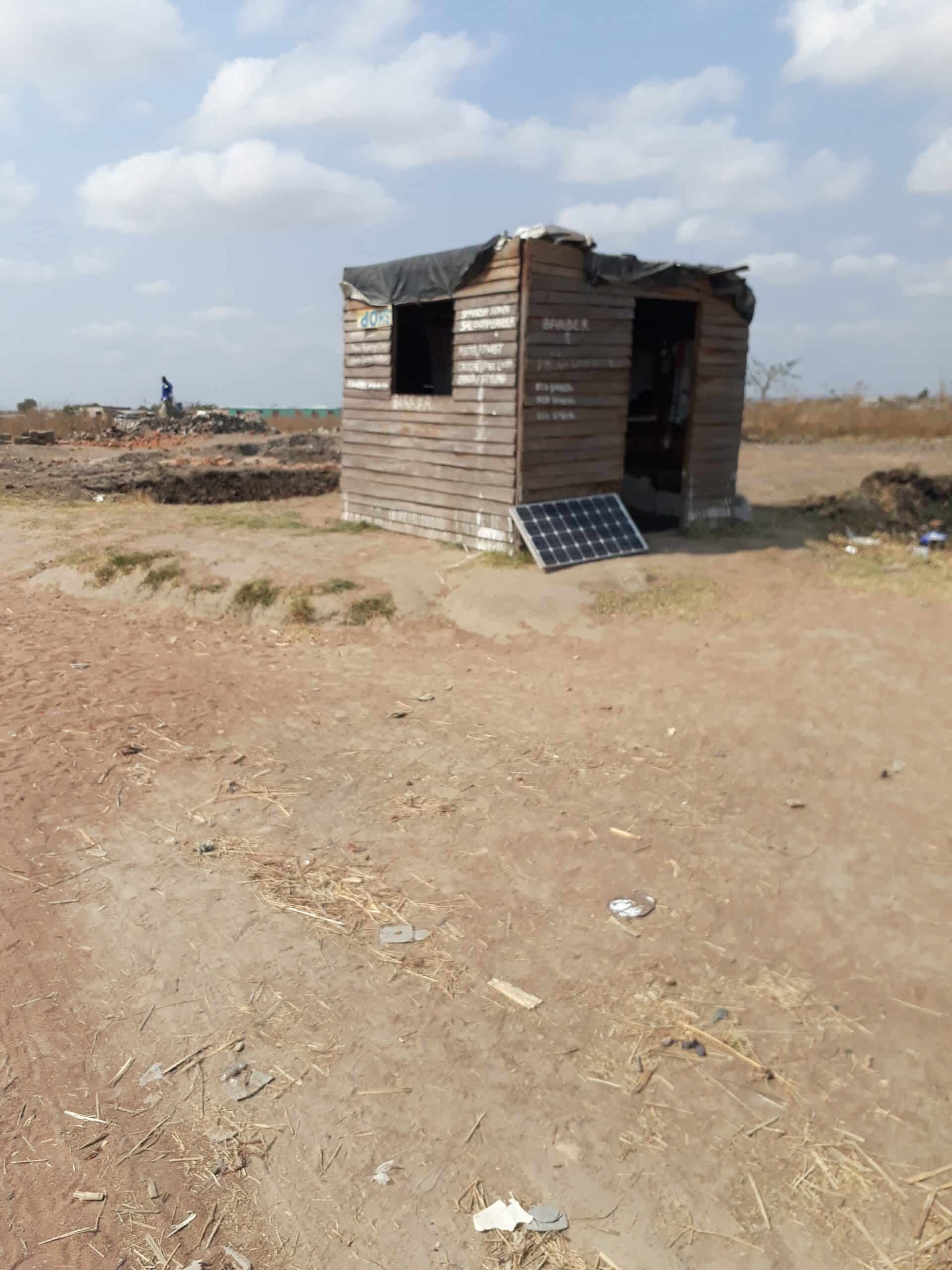
Energy poverty has become a serious problem in Africa with the continent having more than 600 million people living without access to electricity. More so, a huge population is living under the grid.
What exactly is living under the grid?
Without clear substantive measures, energy poverty is at risk of becoming permanent in Africa. An inexplicably large share of the unelectrified African population is living under the grid – that is directly underneath or nearby existing grid infrastructure.
Basically, these people live in an area where electricity is available; most are within a stone’s throw from existing power grid infrastructure but are not connected due to a number of reasons also explained in this article.
*** CHECK: HOW TO SIZE A SOLAR SYSTEM – 5 clear steps anyone can follow
Thus, while access to energy and specifically electricity is a challenge in Africa, being connected has become an overlooked problem to those that have access to electricity.
This has left the unconnected with no option but to continue living under the grid. The painful part is that they are counted to have access to electricity due to the fact that they live with the vicinity of an electrical grid infrastructure but they are not or will never be connected.
*** ALSO CHECK: REALIZING YOUR POTENTIAL – 10 proven things to do
Living Under the Grid: A case of Harare South area in Zimbabwe
Estimates for “under-the-grid” population across sub-Sahara Africa range from 61 percent to 78 percent. Like any other African country, Zimbabwe has not been spared when it comes to the problem of people living under the grid as there are numerous people with access to electricity but are not connected. This is happening mostly in peri-urban areas and partly in rural areas.
Areas in Harare South such as Hopely Park, Southlea Park, Southlands and Ushehwokunze have witnessed high populations living under the grid. This has become a major problem to the country as informal household settlements are increasing at an alarming rate in these areas.
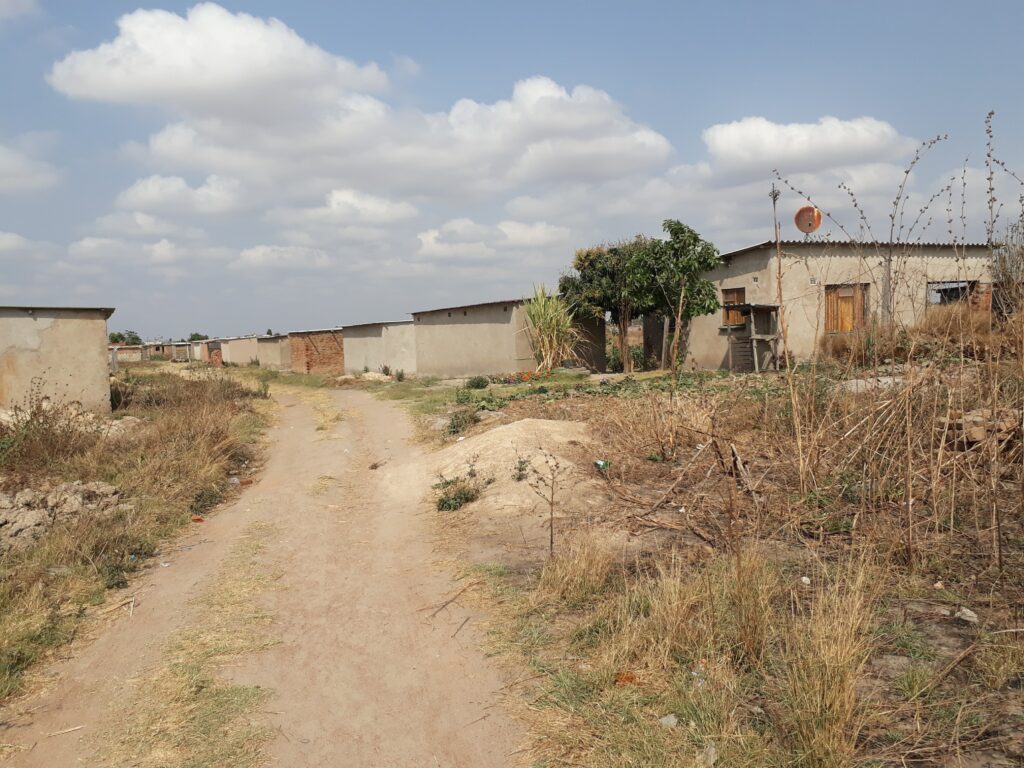
Thus, Zimbabwe as a country has a huge task to make sure that in its fight for energy poverty, solutions for living under the grid will be incorporated in the solution pack. Otherwise the country will declare everyone to have access to electricity while a huge population of the ones counted are not connected.
IMPORTANCE OF ENERGY SKILLS TRAINING INSTITUTIONS IN AFRICA – 7 Institutions to watch
Energy access is entangled with complex socio-economic factors that cannot be measured using a binary “connected” or “not connected” approach. Many dynamics come into play for people not to be connected while they live within access to electricity. Poverty is one of the major reasons for people living under the grid.
For example Harare South dwellers are mostly informal settlers who happen to be low and medium income earners – and in most cases they do not have money to get connected or consistently pay bills.
Some of the settlers in these areas such as Hopely Park live in illegal settlements such that the grid cannot be extended to them. Illegal settling areas include swampy areas, areas directly under high voltage transmission lines and areas designated for some specific uses.
*** ALSO CHECK: SOLAR FOR FESTIVE SEASON – 10 ways to spent the festive season with lights on
Poverty, high rural to urban migration in search of better living conditions and displacements due to national projects are some of the reasons for illegal settling in these areas and hence living under the grid.
There is a strong need for government intervention in developing growth points into urban centers to reduce rural-urban migration. There should be agreed ways of solving the problem of illegal settlements before the problem reaches uncontrollable levels.
Power theft and corruption are some of the factors that fuel living under the grid. For example, when a transformer is stolen in low income earners’ dwelling areas such as Harare South, usually the utility has no zeal to reconnect the people as quite a few people will be connected and actually use electricity.
The utility usually prioritizes areas where many people are connected and the same people can afford paying.
Corruption is a prominent African problem which has seen its branches expanding to access to energy. National projects such as electrification projects will be done half way or not at all as funds will be embezzled into pockets of office bearers and purporting community leaders.
The painful aspect is that usually when such corruption actions do happen, the projects will be nationally registered as complete even when not done at all. And it will take ages for the second round of funds to come for the same project if it happens at all.
SOLAR SYSTEM COMPONENTS AND THEIR FUNCTIONS
Besides the supply not meeting the available energy demand, lack of grid infrastructure is also another reason people are not connected, hence leading to people living under the grid.
In Zimbabwe, it has been witnessed that the utility sometimes run out of low voltage transmission lines for last mile connections. This may be due to corruption or not enough allocated budget and it leads to complicated interconnection processes.
Harare South area has also suffered from socio-political marginalization as the area was designated to the so called poor people and the government has taken less steps in bringing the standards of living up in the area.
This has seen not only access to energy being affected but rather many key services such as healthcare and transport infrastructure.
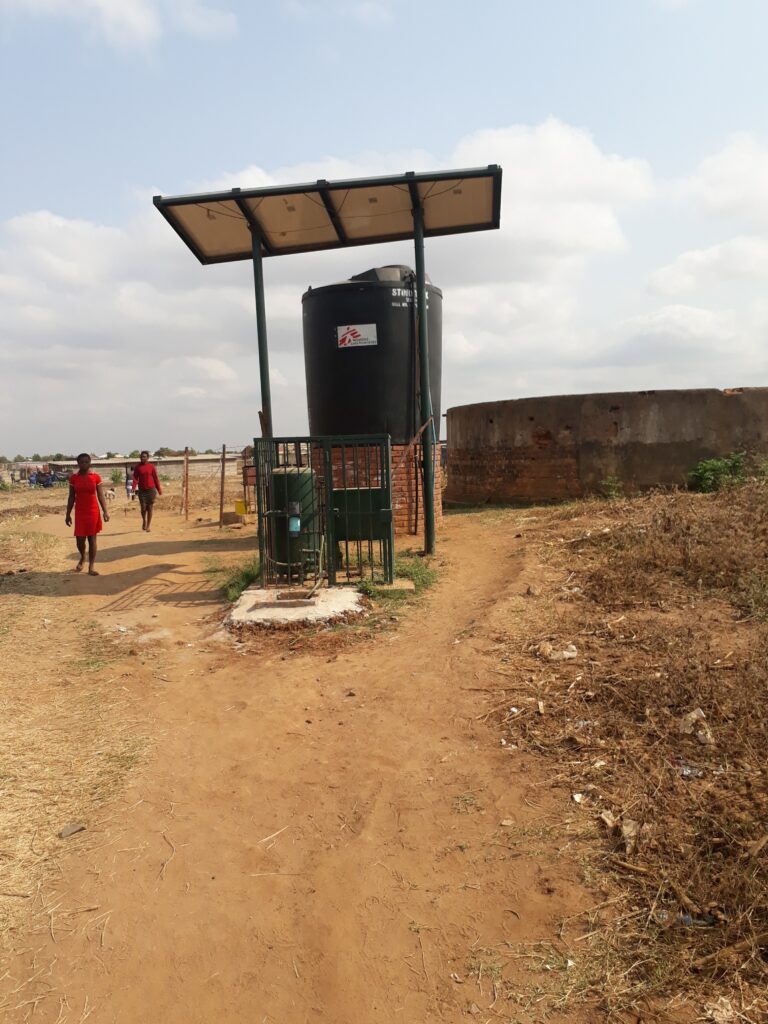
Ineffective bill collection methods and poor service delivery affects people living under the grid in Zimbabwe. This leads to people relaxing and having the inertia to get connected, and in turn use non-clean energy sources for their everyday energy needs. Some of the people living under the grid can afford to pay but are hindered by the non-transparent and costly grid connection processes.
*** ALSO CHECK: HOW TO START A SOLAR COMPANY – do these 6 things and make money through solar
Lastly, very little research has been done to understand the differentiated energy demands or consumption behaviors of peri-urban customers in Zimbabwe as they represent a larger percentage of the population.
It is with no doubt that these households represent a massive commercial opportunity for cash-stranded Zimbabwean utility and African utility at large as they are tens of millions of densely packed customers without the high cost of last-mile grid extension.
Therefore, in order to provide a solution to living under the grid problem, an inclusive understanding approach should be taken where the actual energy needs of the concerned people are assessed and analyzed.
Innovative decentralized renewables which are simple, affordable, fast and agile can be a quick win solution to living under the grid catastrophe. Since many of the under the grid settlements are somewhat temporary, developing a mobile clean energy system that the households can easily own can be a solution to their lack of clean energy crisis.
This is where innovative and intelligent solar home systems come into play as they have short installation times, and offer a reliable electricity service for informal settlements. The systems can be designed such that they can provide lighting, entertainment (radio, TV), and mobile phone charging.
*** ALSO CHECK: WHAT IS A SOLAR HOME SYSTEM (SHS) – 7 treasure things to know
Utilities and private organizations in the solar industry can offer innovative on-bill financing and pay as you go mechanisms such that people can own solar systems while a percentage of their utility monthly subscriptions goes to paying their solar systems.
Such mechanisms require durable and reliable solar products and this will drive away fake products in the sector which is an advantage to the people.
Good policies that support access to clean energy should be put in place by the respective governments in order to curb the problem of living under the grid. These include clear renewable and or energy policies with clear targets. An integrated energy planning that incorporates these solutions should be incorporated.
Adopting and enforcing product quality control standards and providing financial incentives like reduced import duties for products or local loan and grant programs should be part of this whole meal solution to fight energy poverty and living under the grid problem.
Capacity building and community awareness on use of decentralized renewables for solving the problem of living under the grid should be done.
In Conclusion
When the problem of living under the grid is addressed in Zimbabwe, communities will have improved standards of living, increased productive times and healthier lives. Hence it should be everyone’s commitment to solve this problem.
Keep yourself plugged!
Did you enjoy the above article on Living under the grid in Zimbabwe?
Hope it was helpful. To keep yourself updated on such information follow our Social Media channels.
FOLLOW US ON OUR CHANNELS
Follow us on LINKEDIN, FACEBOOK, TELEGRAM GROUP and WHATSAPP.
*** ALSO CHECK: 12 CHALLENGES FACED BY SOLAR COMPANIES IN DEVELOPING COUNTRIES
ABBREVIATIONS IN THE SOLAR ENERGY SECTOR
SOLAR FOR FESTIVE SEASON – 10 ways to spent the festive season with lights on
HOW TO SIZE A SOLAR SYSTEM – 5 clear steps anyone can follow



